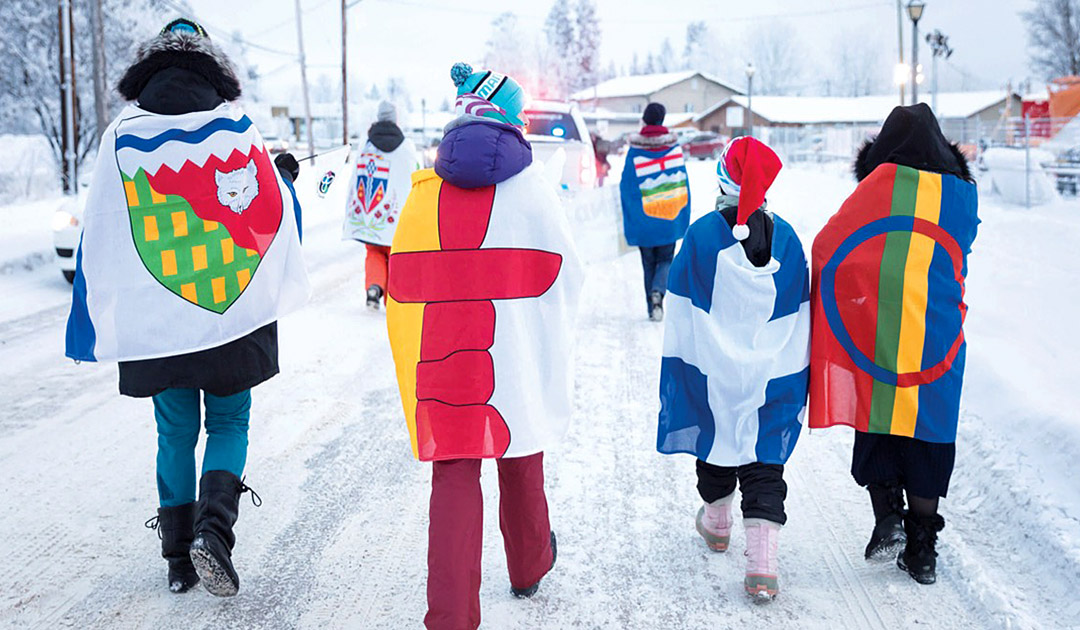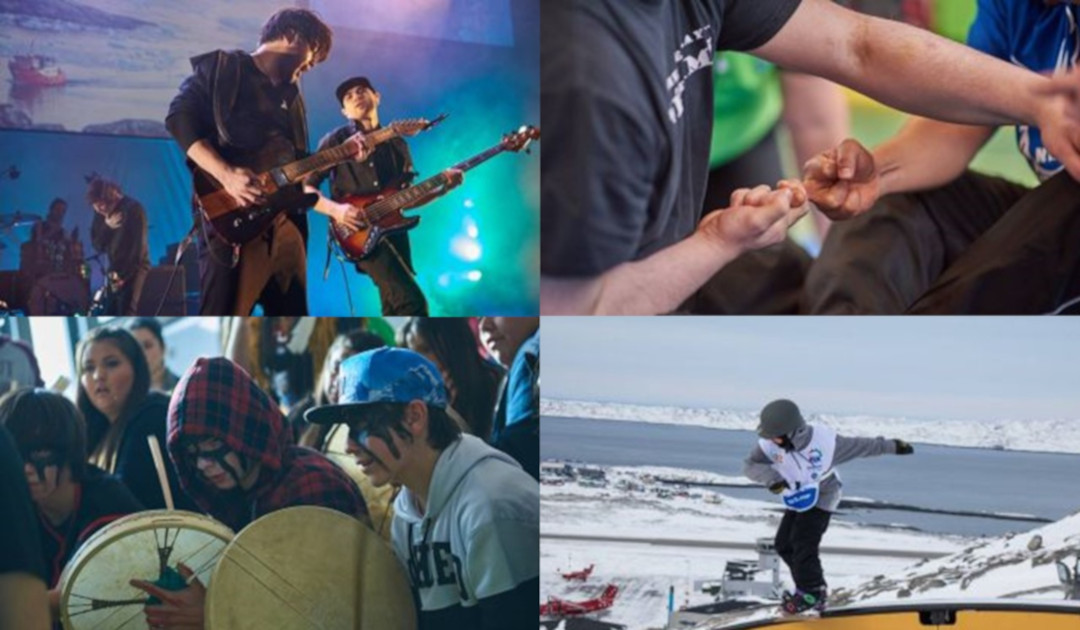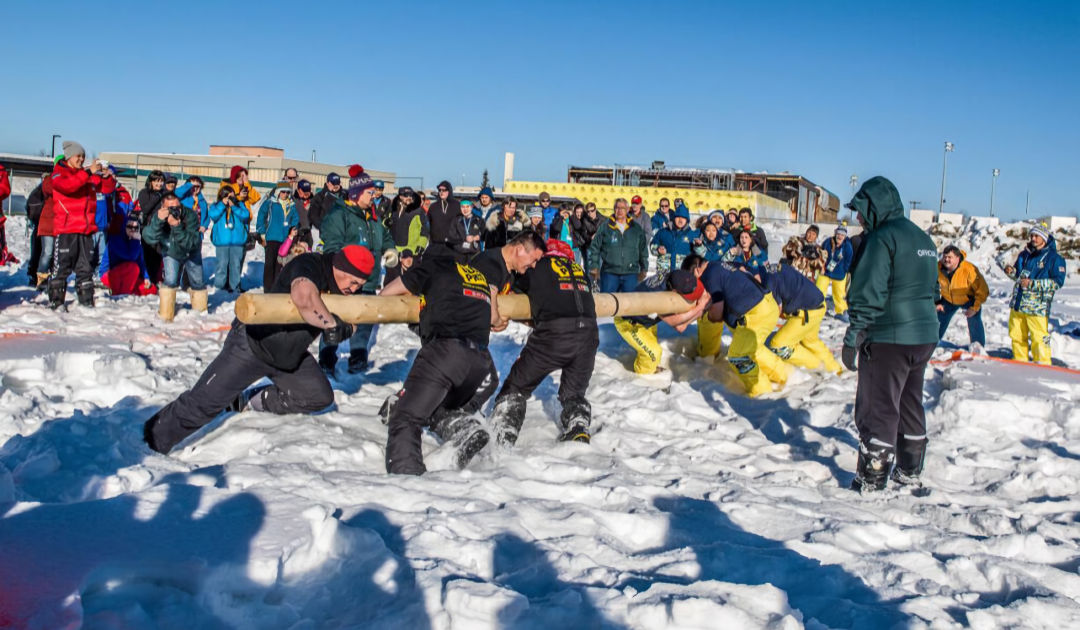
From modern sports to traditional games, through cultural exchanges, the major sports event of the high latitudes emancipates the Arctic youth. It creates a spirit of unity that is rooted in tradition and flourishes in contemporary culture.
Teenagers will compete in ice hockey, others will fight in a space the size of an igloo, to perhaps hold up the narwhal tusk, the trophy of the Arctic Winter Games. This year, they will bring together from January 29 to February 4, 2023, athletes who are between 12 and 20 years old, in Fort McMurray in the province of Alberta in Canada. These games are much more than just sporting events,” says Julien Fuchs, “they embody the spirit of the Arctic. The sociologist and sports historian, supported by with the French Polar Institute, began working on this topic in 2016, during the games in Nuuk, Greenland, where 2,200 participants had moved.
“Solidarity is at the heart of the Arctic Winter Games, these are people who attach great importance to mutual aid, and we understand it, it is essential to live in these isolated areas, whose environment is particularly cold. Cultural openness is also at the heart of the competition, he adds when we ask him what the values of the games are.” They do not have much opportunity to meet between fellow Arctic people, and live an exceptional experience from this point of view. The young people then define themselves as northerners.
It is a panache of sports that mixes modern disciplines like biathlon, ice hockey or alpine skiing; indoor sports like gymnastics, table tennis or volleyball. But also traditional games “the Dene” inherited from the First Nations such as “stick pushing”, or “finger pulling” which uses the gestures of fishermen handling nets. And finally, duels that take place in the narrow space of the igloo. “All the games are experienced as competitions, “it’s not a show”, say the participants, driven by the emulation”, recalls Julien Fuchs of the University of Eastern Brittany, who is interested in the perception that young people have of this competition.

“There are two types of rankings: the classic one, which rewards the most medal winners, and another one, which is fairer. The latter represents the Arctic ideal. The jury awards this title to the nation that best embodies it. It takes into account the participation, the encouragement, and even the cultural references of their clothing styles. Some come in sportswear or parkas and others incorporate traditional signs,” describes the sociologist.
About ten communities are used to the games, 5 of them are from Canada, and the others are from Lapland, Greenland and Alaska. This year the Russians will not be present. Usually it is communities from the Arctic peninsulas, such as Yamal, that move. “In 2016, there were 9 of this delegation, they are small communities,” comments the sociologist. It is planned that they will be the ones to organize one of the upcoming events.

“Some young people come for the sport and others more to show themselves outside of their homes and meet other nations. There are not only brilliant athletes in performance. Sporting identity is not only about competition, but also about other things, more related to the values of the Arctic. This is what we are going to study this year”, says the researcher.
For these young people, just getting to the Arctic Winter Games is a challenge in itself, and one that they are happy to take on. Some of them come from far away, from nomadic camps in the remote northern provinces, full of spirit and skill on snow and ice.
Camille Lin, PolarJournal
Learn more about this topic:





